TransEquatorial Solutions, Inc.®, co-owned by Jeff Randall and Mike Perrin is the parent company of Randall’s Adventure Training® and ESEE® Knives. Randall’s Adventure Training was started in 1997 as a school to train military, law enforcement, and civilians in the art of jungle survival. After identifying the need for better survival equipment, primarily in the area of survival knives, they began developing their own knife designs. Their first design was the RTAK, built by Newt Livesay of Wicked Knife Co. This eventually led to a 5-year licensing contract with Ontario Knives to build the RTAK and the later-to-come RAT series. In 2007, after their contract with Ontario Knives ended, Randall & Perrin decided to “build a higher quality line of knives outside of the mass production capabilities of Ontario.” This idea gave birth to RAT Cutlery which was later renamed ESEE® Knives to avoid confusion with the Ontario RAT line of knives which are still endorsed by Randall’s Adventure Training.
I recently had a friend ask me to field test and review the ESEE-4 as a practical and affordable field knife. As always, when it comes to talking about knives, I was happy to oblige. I will start by saying that I have been a fan of ESEE® knives for quite some time and actually carried an ESEE-4 every day on the job for several years, so I am pretty intimate with the ESEE-4 already. In fact, the first quality Kydex knife sheath I ever made was for my ESEE-4. I say the first “quality” knife sheath because I made a few “not-so-quality” sheaths for other knives during the learning process.
The ESEE-4 is a drop point, flat ground knife made from 1095 high carbon steel (55-57rc). The dimensions of the knife are as follows: Overall Length – 9”, Blade Length – 4.5”, Cutting Edge – 4.1”, Blade Width – 1.25”, and Max Spine Thickness – .188”. The knife comes with a friction-fit molded sheath that holds the knife quite securely and has an attachment clip plate that will attach on either side of the sheath. It also comes with a length of 550 cord and a cord lock which may be used as a lanyard, or for lashing the sheath to a belt or pack. There is also a MOLLE backing available (purchased separately) that can be worn as a drop leg sheath or attached to MOLLE gear.
The first thing I did with the ESEE-4 I was given was throw it on my Wicked Edge™ Sharpener to put a super clean, razor sharp edge on the knife. This did not take long since I knew from my previous experience with my own ESSE-4 that I needed to set the knife at B.75 in the top notch at 22° (this means nothing to you if you do not own a Wicked Edge™, but everything if you do). This sharpening process in not necessary as the knife is extremely sharp out of the box, but it is a process I like to go through for my personal gratification. There is just something about seeing your reflection in the bevel.
The geometry of the ESEE-4 drop point design makes it an excellent all-purpose knife. The large belly area makes it perfect for slicing. The lowered point in relation to the spine (hence the term “drop point”) dissipates energy as the cutting stroke approaches the point. This gives the handler more control over the tip, which is very important during skinning and other survival tasks. The last thing you want to do when you are trying to survive off the land is puncture one of the organs of your kill and ruin the meat. The drop point also adds strength to the tip, and the thicker flat spine makes this design superior for batoning. About the only disadvantage of the design is that it is not very suitable for piercing.
As you can see from the photos below, the blade is ideal for pushing strokes, which work great when making tinder from a large piece of wood. I was able to slice off nice thin wood shavings from the dried Palo Verde log with pushing strokes, starting with the point and pushing the blade forward. (This is a very efficient method of cutting tinder when standing over the wood as shown below.) On the other hand, when performing pulling strokes the energy is dissipated as the stroke approaches the point, allowing the user to control the point and avoid cutting too deeply, as in the example of the beginning of a fuzz stick shown here.
This ESEE-4 accompanied me on a couple of camping trips over the past several months where it was used to cut meat, make tinder, clear brush, and make cooking skewers. The knife performed very well and held its edge like a champ. I am a big fan of high carbon steels and was not the least bit disappointed in this knife. The blade held a razor sharp edge for quite some time. In fact, even after months of heavy use I was still able to slice cleanly through paper.
The great thing about ESEE® Knives is that they are quite affordable. You get a really big bang for your buck with an ESEE®. The ESSE-4 retails for $173.95, but can usually be purchased for less. ESEE® offers special pricing to military and law enforcement personnel, so if you fall into one of those that categories, I suggest you contact them directly and request their LE/MIL pricing sheet.
ESEE® offers a no questions asked lifetime warranty on all of their 1095 carbon steel knives. If it breaks, they will replace it. The ESEE-4 can be purchased directly from an ESEE® Knives authorized dealer. I would not recommend purchasing and ESEE® Knife from anyone other than one of the dealers listed on their website. There are a number of Chinese knockoffs floating around on the internet, so do your homework before you buy. Visit the ESEE® Knives website to learn more about the company and their other knives, survival products, and training.
Photo Credits: Chad McBroom

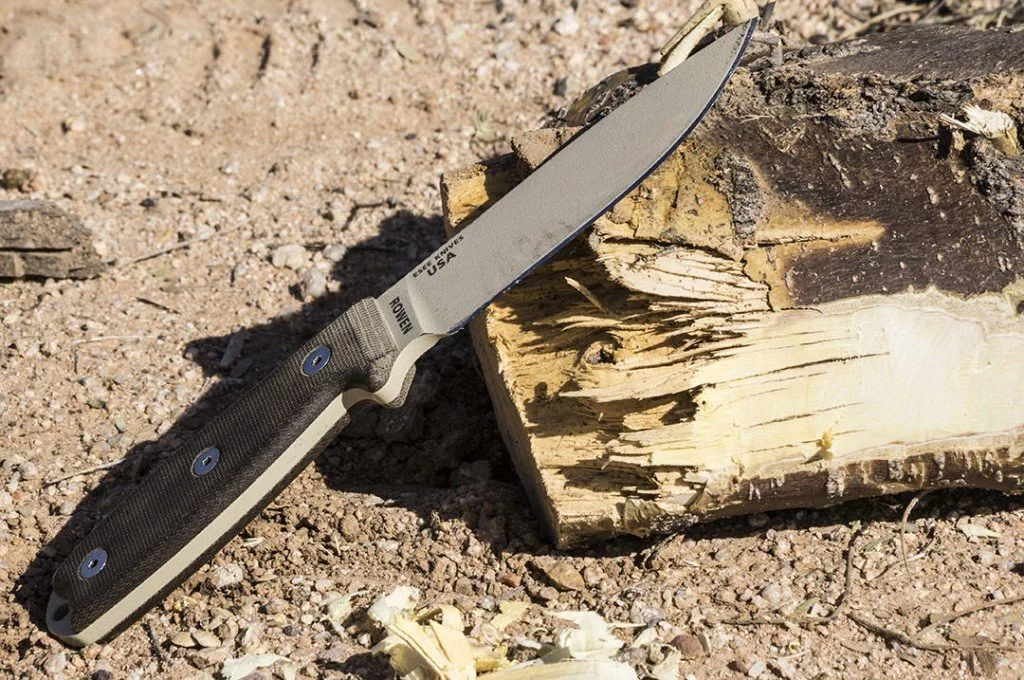

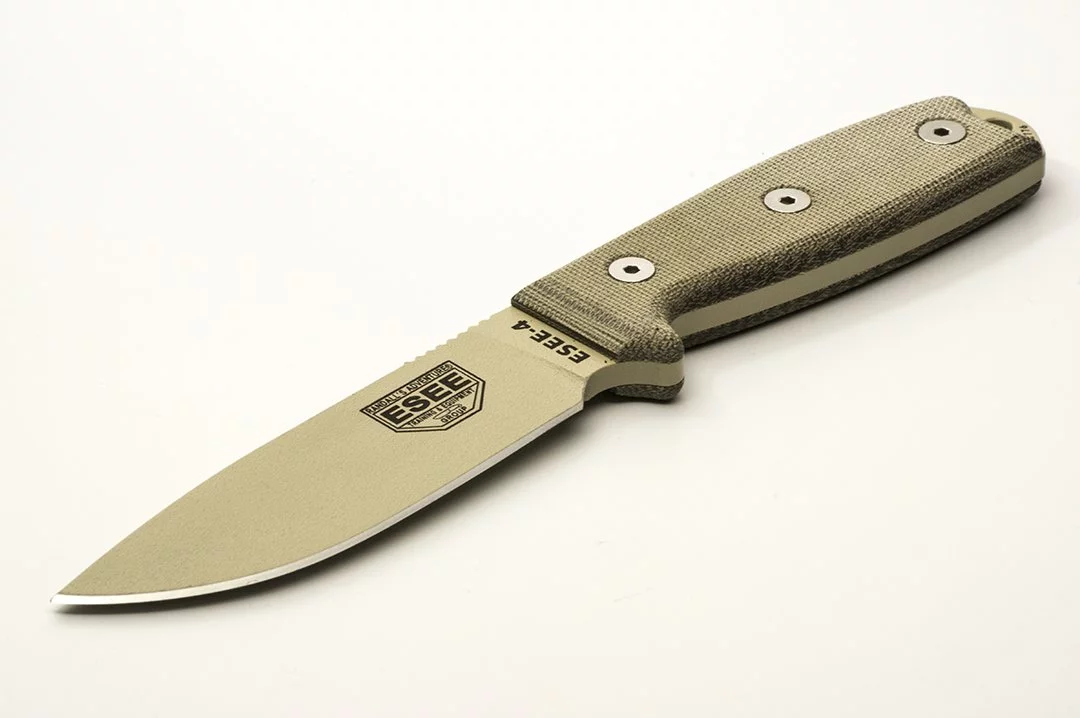
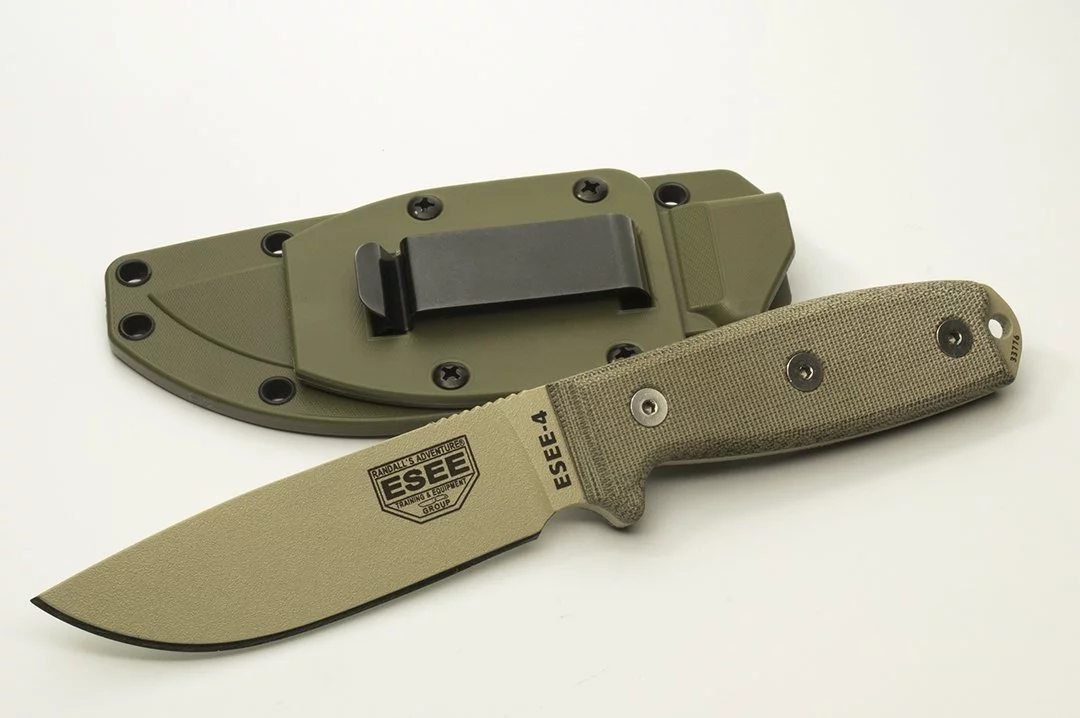
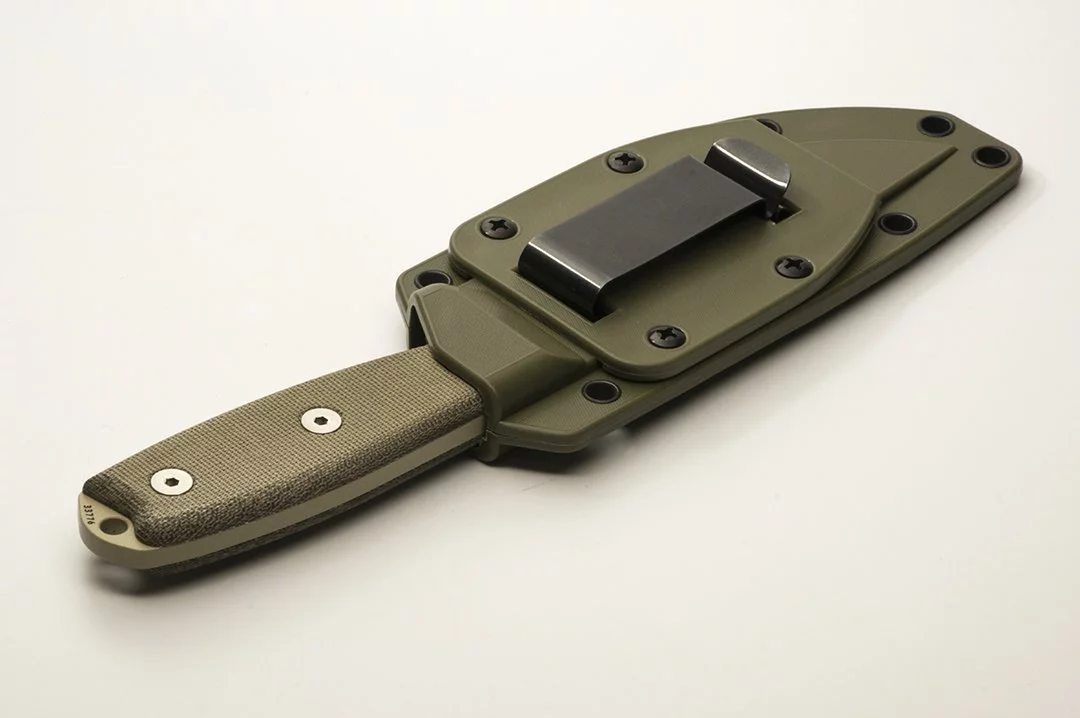
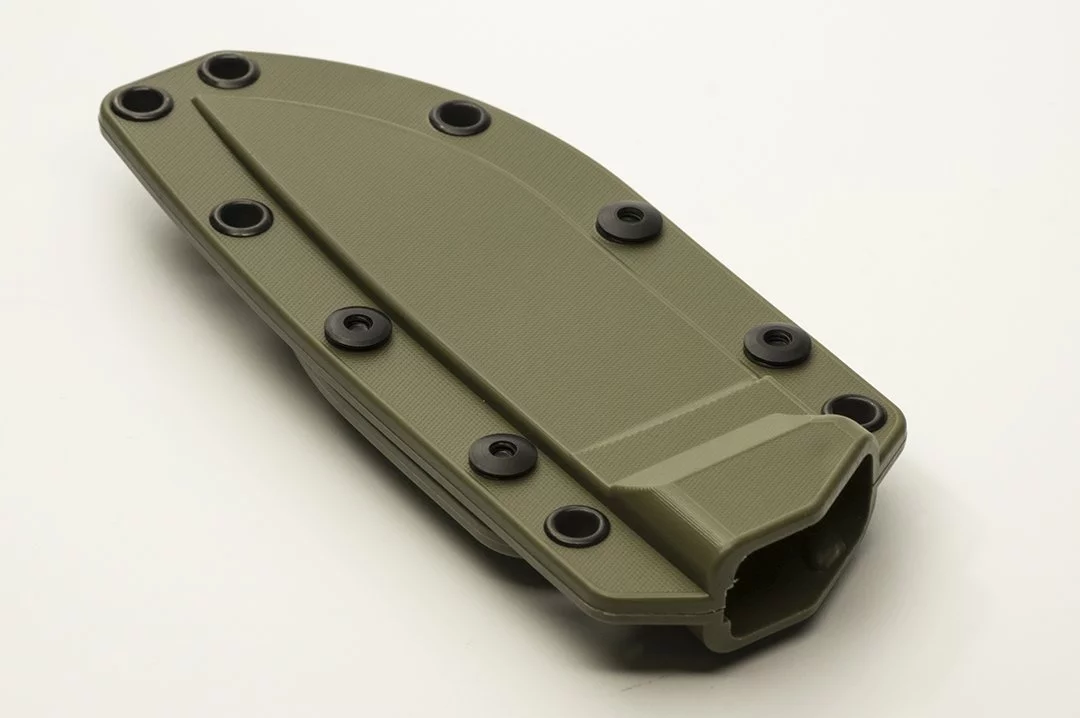
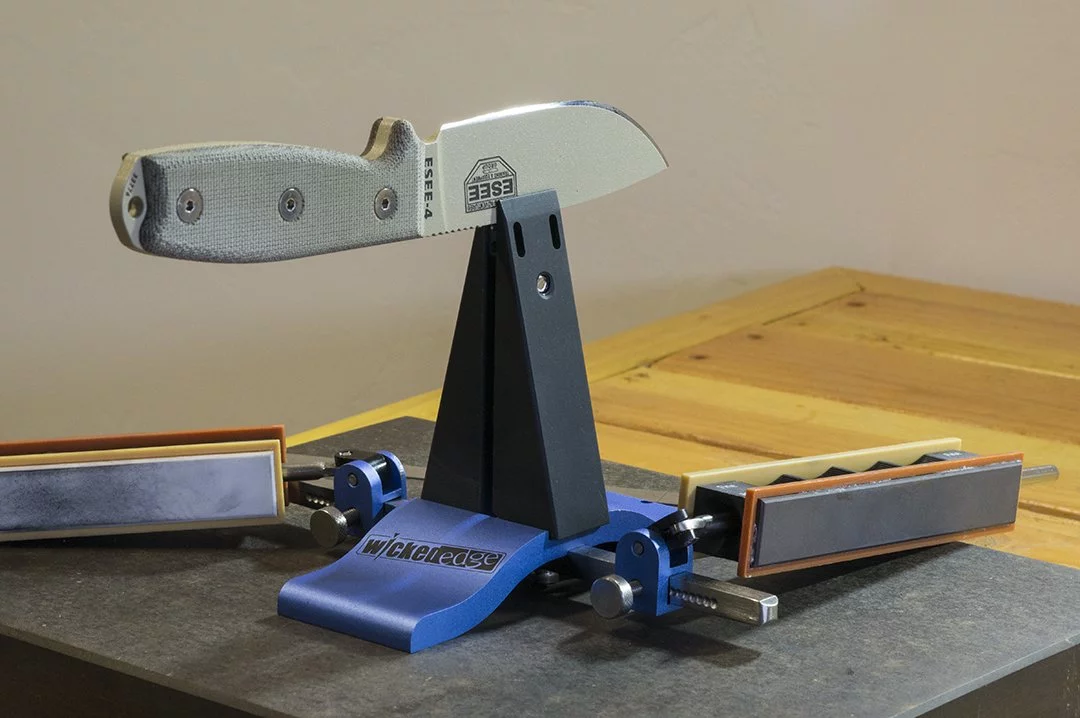
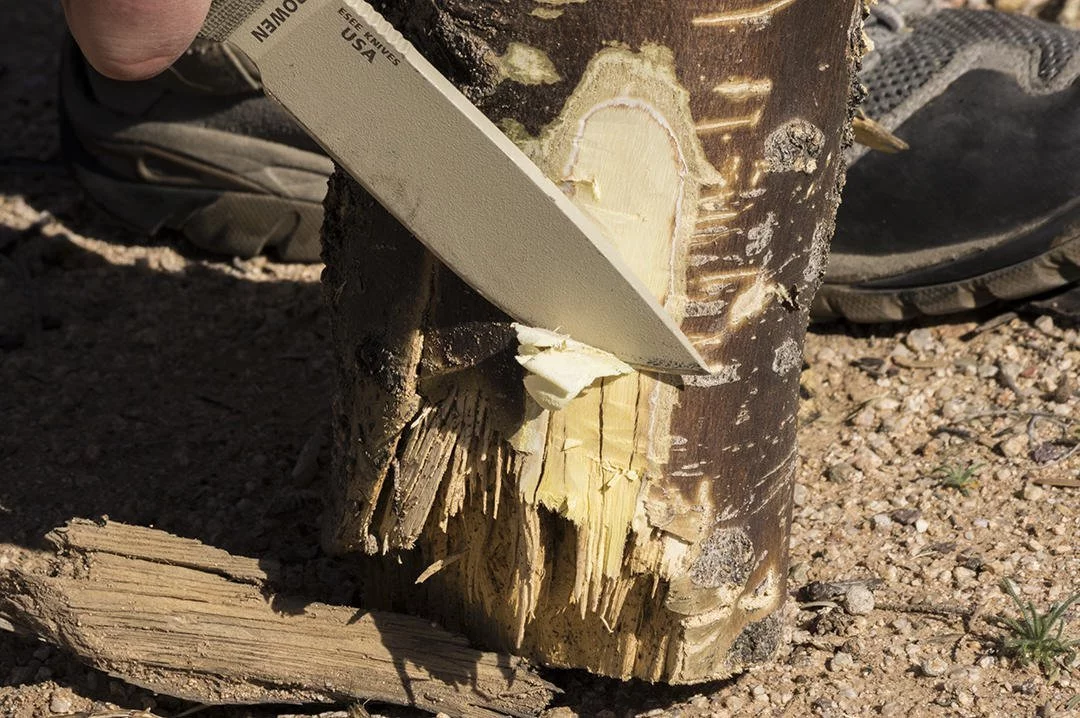
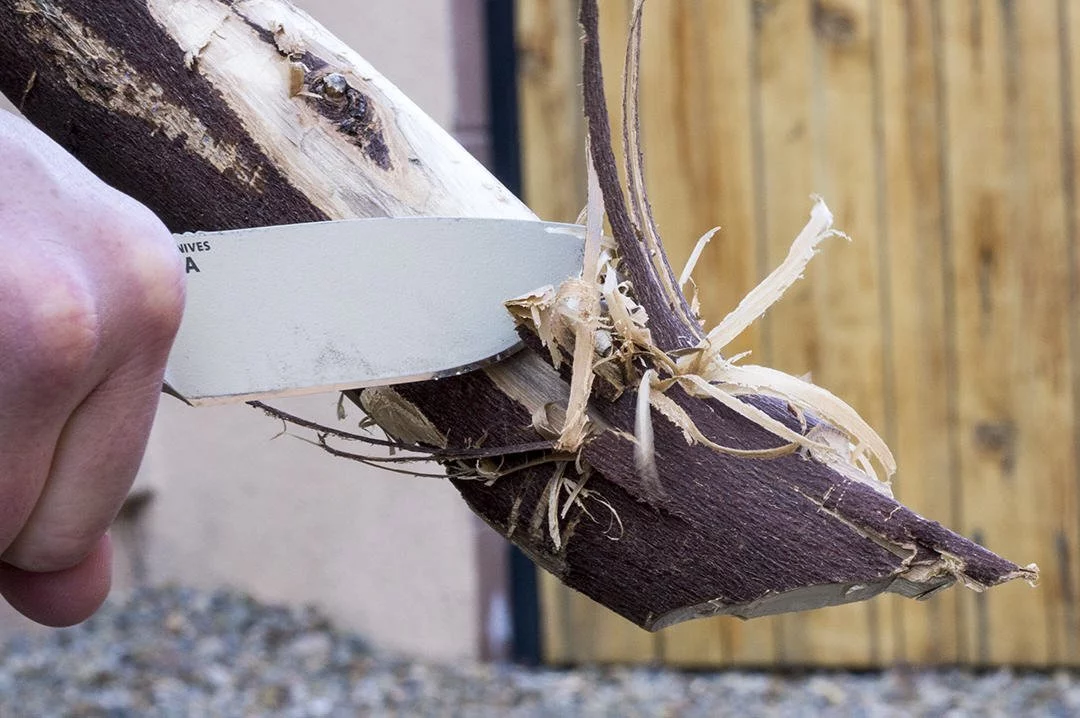

5
4.5